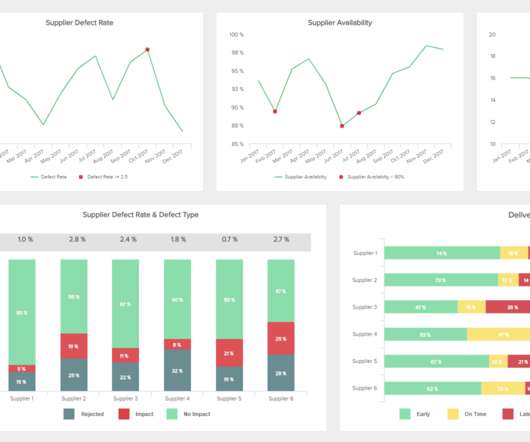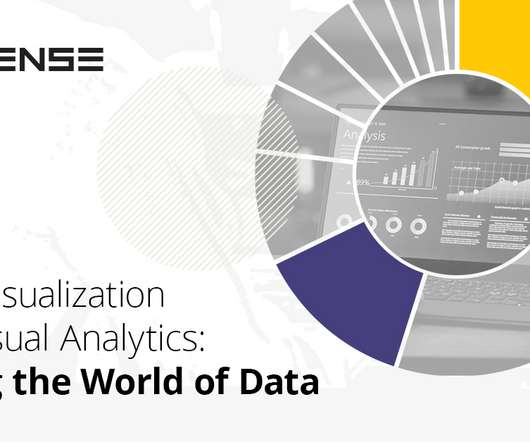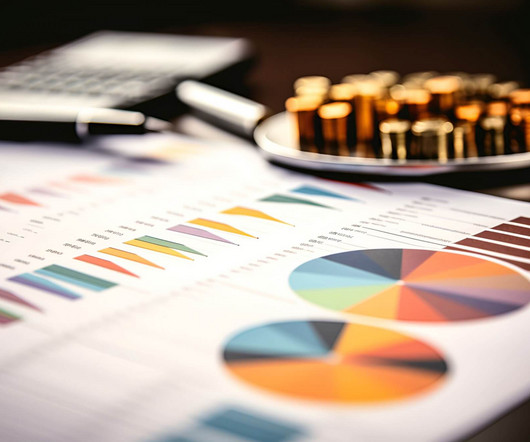Beyond the hype: Do you really need an LLM for your data?
CIO Business Intelligence
FEBRUARY 6, 2025
In retail, they can personalize recommendations and optimize marketing campaigns. In life sciences, simple statistical software can analyze patient data. These traditional tools are often more than sufficient for addressing the bread-and-butter analytics needs of most businesses. You get the picture.




























Let's personalize your content